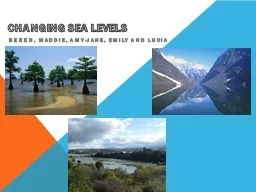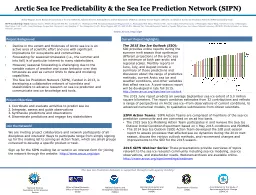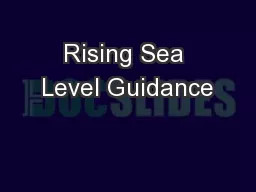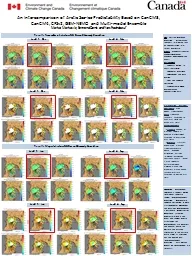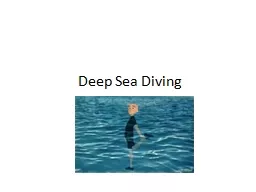PPT-Changing Sea Levels
Author : celsa-spraggs | Published Date : 2016-05-17
Beren TOMO Maddie AmyJane Emily and Lucia March 2014 Updated 180315 G36 Introduction What is sea level change Sea level change is the height of the sea with
Presentation Embed Code
Download Presentation
Download Presentation The PPT/PDF document "Changing Sea Levels" is the property of its rightful owner. Permission is granted to download and print the materials on this website for personal, non-commercial use only, and to display it on your personal computer provided you do not modify the materials and that you retain all copyright notices contained in the materials. By downloading content from our website, you accept the terms of this agreement.
Changing Sea Levels: Transcript
Download Rules Of Document
"Changing Sea Levels"The content belongs to its owner. You may download and print it for personal use, without modification, and keep all copyright notices. By downloading, you agree to these terms.
Related Documents

